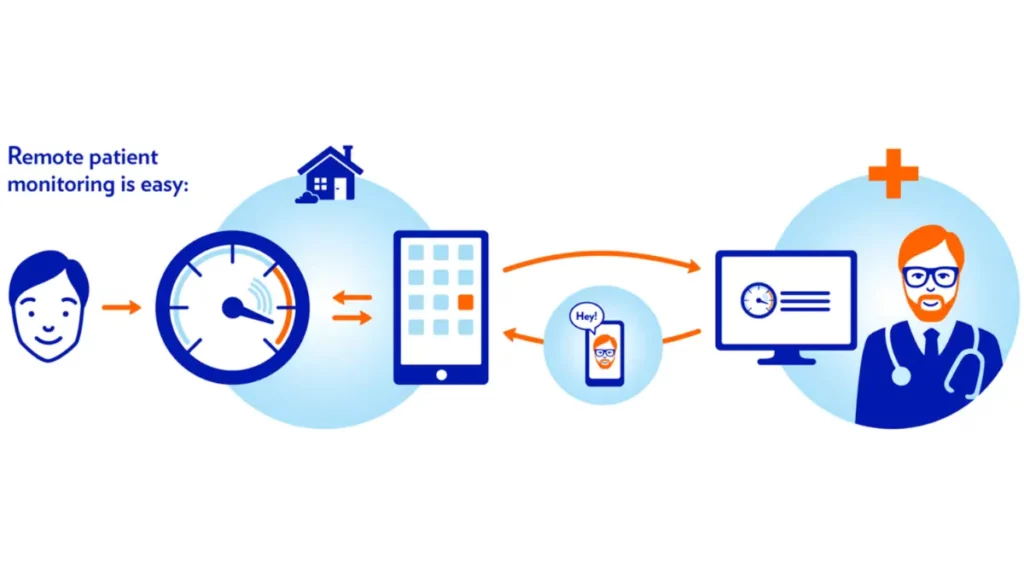Homecare Telehealth: A Necessity Amidst COVID-19

COVID-19 continues and catapults the number of telehealth applications to unimagined heights. In 2019, Remote patient monitoring services in the USA was 11%, and by 2020, it reached 46% of the population.
Table of Contents
ToggleRemote Patient Monitoring (RPM) Boom: Why?
In the course of the corona pandemic, practices and hospitals reached the limits of their capacities. Countless appointments got canceled. Both Medical advice and treatment became increasingly difficult to access.
One niche has been hugely popular in this emergency and will continue to focus on attention until an effective vaccine promises to improve the situation. Remote Patient Monitoring in the United States has made progress due to such circumstances. As much potential as this digital alternative to physical doctor visits may hold, there are still hurdles in this area. However, security, integration into the workflow, effectiveness, and the prospect of reimbursement hold a few concerns.
Advantages of Remote Patient Monitoring, Prospects, and Opportunities
Experts, who are currently looking outside the box for COVID-19, see opportunities with great promise. The understanding is that the advantages of remote patient monitoring have provided an enhanced level of patient comfort level. Remote Patient Monitoring in the USA could guarantee elevated medical care, especially in regions with inadequate access to medical services.
Learn About: What is Remote Therapeutic Monitoring
Benefits of Remote Patient Monitoring
Five models have emerged for the practical implementation and benefits of remote patient monitoring of this project:
1.) Virtual Emergency Rooms
Low-risk cases that generally end in the emergency room represent the majority of Telehealth users. Thus, it has offered an ideal application to relieve hospitals.
2.) Virtual Practice Visits
It includes general care, behavioral medicine, and cardiac rehabilitation. A mixture of remote patient monitoring services and personal support from a permanent team, coupled with comfort, accessibility, and continuity, forms this concept. It has allowed the treatment of chronic conditions by enabling remote patient monitoring, virtual therapeutics, and digital coaching.
3.) Semi-virtual Practice Visits
Here, virtual medical consultations and visits to “worksite” clinics are combined, ensuring proper tests and immunizations.
4.) Virtual Home Health Services
Virtual visits, Remote patient monitoring, and digital ways to encourage patient engagement in the recovery process are at the fore. Direct services such as wound care, however, still have to take place on-site.
5.) Technology-enabled Medication Administration At Home
In this model, patients are supposed to take their medication delivered to their homes. It is self-administered, and experts monitor employees during home visits.
Changes in the Medical Industry
82% of the respondents to a recent survey conducted by HealthArc believe that COVID-19 will have a lasting effect on the pharmaceutical industry. It is already becoming noticeable that there is a will to innovate in some companies when a rethink is inevitable. In the last few weeks, large webinars have taken place. A few innovative projects have been taken by field staff as well.
Part of the survey relates to changes in the internal budget. 74% asserted a clear 34% to 40% budget shift in the direction of digital channels. HealthArc leads the new digital health channels by providing a one-stop solution for all the RPM, CCM, and Telemedicine need. In other words, it has enabled doctor-patient consultation while also finding ways for the Physicians to generate reimbursements amidst the shift in the budget.
Also Read: Feature of remote patient monitoring companies for Hospitals.





